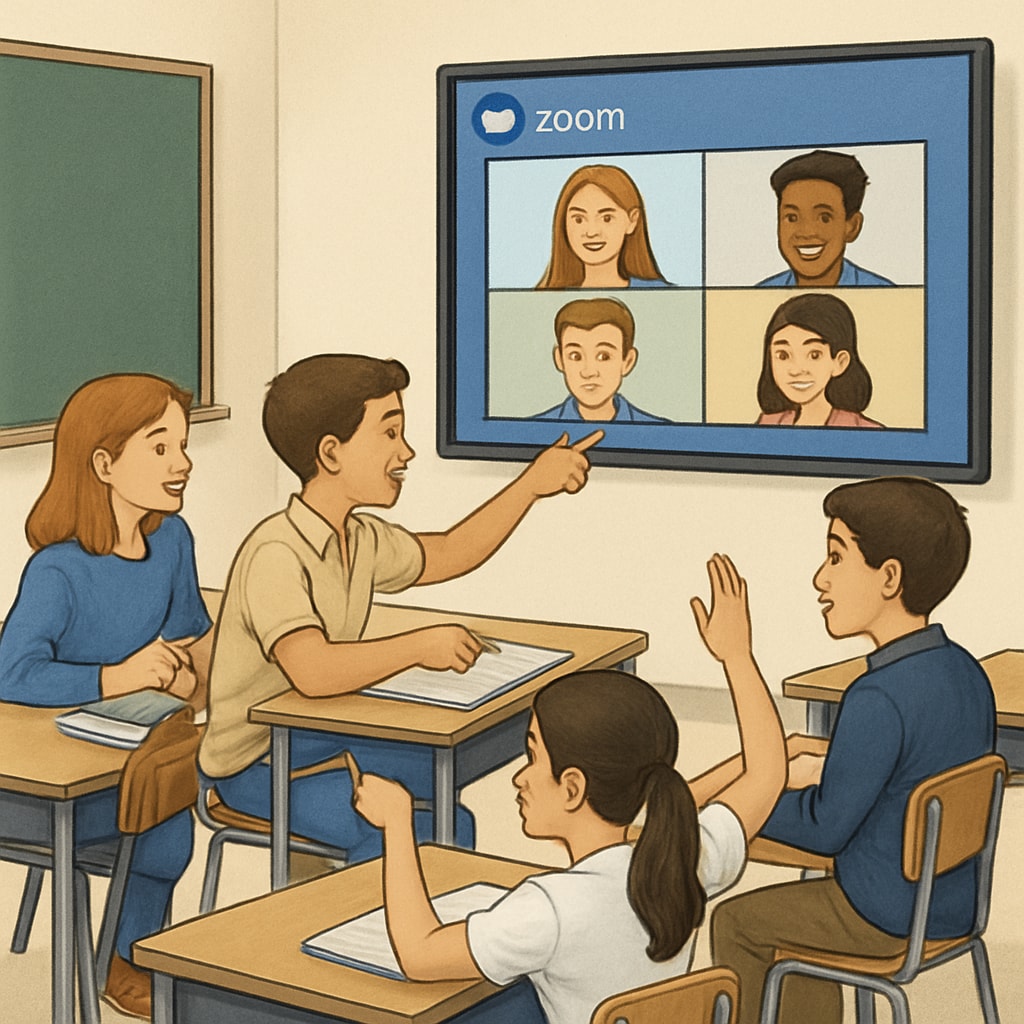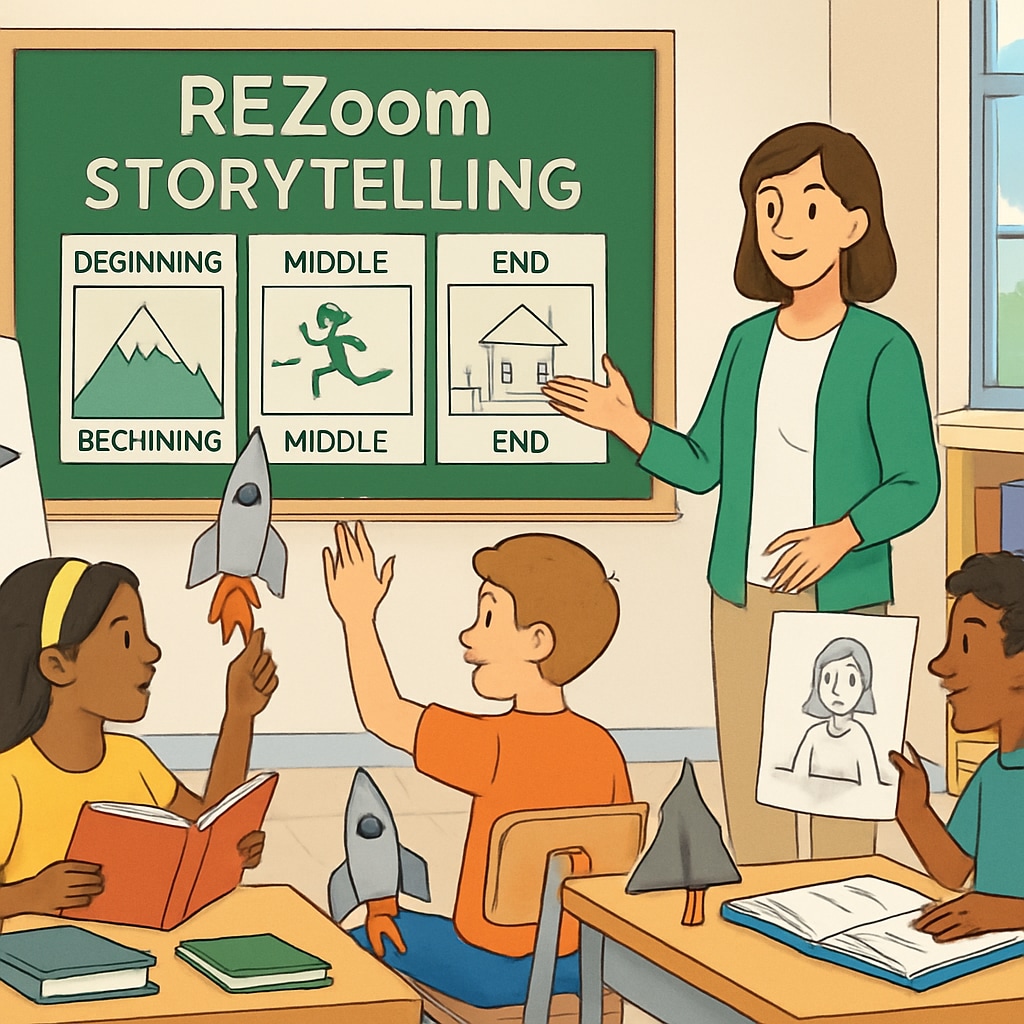Zoom and REZoom activities have become valuable tools for K12 educators, fostering interactive learning and critical thinking. However, challenges arise when these activities lack an official answer key, leaving teachers to navigate the material creatively. This article explores how educators can transform this obstacle into an opportunity to promote critical thinking, creativity, and teamwork in the classroom.
Understanding the Value of Zoom and REZoom Activities
Zoom and REZoom are interactive teaching methods that encourage students to analyze relationships between ideas or concepts. Zoom activities focus on scaling perspectives, while REZoom integrates storytelling and sequencing. These activities help students develop problem-solving skills, but without a predefined answer key, educators must rely on their ingenuity to guide discussions and maintain engagement.

Three Strategies for Navigating Zoom/REZoom Activities Without an Answer Key
When faced with missing answer keys, teachers can employ innovative approaches to ensure the activities remain effective. Here are three actionable strategies:
- Self-Designed Solutions: Teachers can create their own answer keys tailored to the classroom context. By studying the activity materials and applying logical reasoning, educators can develop plausible solutions to guide discussions.
- Peer Collaboration: Working with fellow educators can provide fresh perspectives and insights. Collaborating with colleagues often leads to creative ideas for facilitating the activity and addressing any gaps in information.
- Student-Led Problem Solving: Engage students in the process by encouraging them to propose their own answers and justify their reasoning. This approach not only enhances their critical thinking but also fosters a sense of ownership over the learning process.
Turning Challenges into Opportunities
While the absence of an answer key might initially seem like a limitation, it can actually serve as a catalyst for deeper learning. For example, allowing students to explore multiple solutions to a problem enhances their analytical skills and creativity. Teachers can use open-ended questions to stimulate discussions and guide students toward meaningful conclusions.
In addition, educators can implement group activities where students work together to construct solutions. This promotes collaboration, communication, and teamwork—key skills for success both inside and outside the classroom.

Resources for Supporting Zoom/REZoom Activities
Several resources can support educators in implementing these activities effectively:
- Problem-Based Learning on Wikipedia: Explore techniques for fostering problem-solving skills in educational settings.
- Critical Thinking on Britannica: Learn more about the importance of critical thinking in education.
By combining external resources with creative teaching strategies, educators can transform Zoom and REZoom activities into powerful opportunities for student growth and engagement.
Readability guidance: Use short paragraphs and bullet points to summarize key strategies; ensure smooth transitions between ideas; maintain a focus on actionable solutions.


